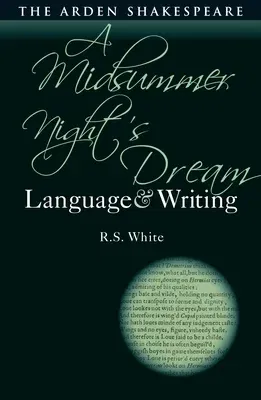R S White
(Author)A Midsummer Night's Dream: Language and WritingPaperback, 30 June 2022

Qty
1
Turbo
Ships in 2 - 3 days
In Stock
Free Delivery
Cash on Delivery
15 Days
Free Returns
Secure Checkout

Part of Series
Arden Student Skills: Language and Writing
Print Length
232 pages
Language
English
Publisher
Bloomsbury Publishing PLC
Date Published
30 Jun 2022
ISBN-10
135010387X
ISBN-13
9781350103870
Description
Product Details
Author:
Book Format:
Paperback
Country of Origin:
US
Date Published:
30 June 2022
Dimensions:
21.59 x
13.97 x
1.24 cm
ISBN-10:
135010387X
ISBN-13:
9781350103870
Language:
English
Location:
New York
Pages:
232
Publisher:
Weight:
276.69 gm